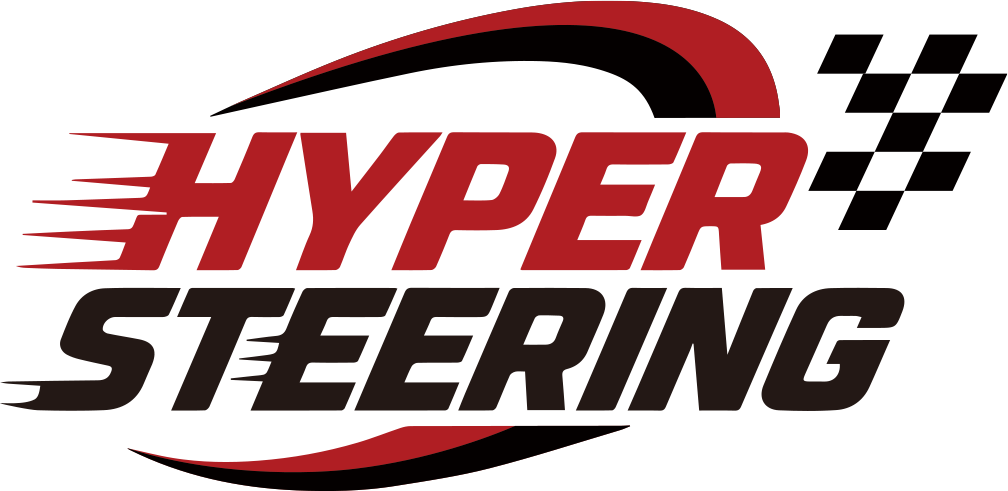Introduction
Tesla continuously breaks boundaries in the field of automotive design, and its innovative spirit is profoundly reflected in vehicle interiors, especially in the driving interface. Unlike traditional car manufacturers, Tesla boldly challenged the round steering wheel design that had been in use for a hundred years and introduced a controversial yet highly innovative alternative. This disruptive approach aims to reshape the way drivers interact with vehicles and lay the foundation for future driving experiences.
The evolution of Tesla's steering wheel, from the initial traditional circular design to the current Yoke steering wheel, clearly demonstrates its unremitting pursuit of innovation. Early Tesla models, such as the first-generation Roadster and the initial version of the Model S/X, all adopted the traditional round steering wheel. However, when the "refreshed versions" of the Model S and Model X were released in January 2021, the Yoke steering wheel made its debut as a standard feature, marking a significant design shift. Subsequently, the launch of the Cybertruck further demonstrated Tesla's exploration in steering wheel design, adopting the "squircle" design and integrating steer-by-wire technology. It is worth noting that in January 2023, Tesla also responded to market feedback by offering an optional or modified round steering wheel service for the Model S/X, indicating that while adhering to its innovative philosophy, it also maintains flexibility in catering to user preferences.
In terms of design concept, Tesla regards the steering wheel as a core element of its market differentiation and uses it as a testing platform for future human-machine interaction interfaces. The company dares to "reinvent the steering wheel" and embrace "future design". This is not merely a change to a single automotive component, but rather a reflection of its overall strategy in automotive innovation and user interface. While traditional car manufacturers generally follow established norms (round steering wheels have dominated for over a century), Tesla takes radical design as its core competitiveness, even though it may cause controversy. The "unobstructed view" and "futuristic aesthetic" of the Yoke steering wheel suggest that manual driving will no longer be dominant, which aligns perfectly with Tesla's vision of actively promoting Autopilot and Full self-driving (FSD). By breaking with tradition, this design subtly guides users to embrace a driving mode that requires less direct and continuous manual control. The final option of offering a round steering wheel reflects Tesla's understanding of market segmentation. However, its initial bold move is undoubtedly a test of the acceptance of unconventional interfaces by users in the context of future autonomous driving.
Another trend worth noting is that the launch of the Yoke steering wheel may be regarded as an premature step towards the future of steer-by-wire steering. The Yoke steering wheel initially introduced in the Model S/X has encountered significant ergonomic challenges, especially during low-speed maneuvers. These complaints mainly stem from the combination of Yoke's non-circular shape and the traditional mechanical connection, which still requires multiple rotations to achieve a complete turn from one end to the other. However, Tesla has applied for and implemented steer-by-wire (SbW) technology for the Cybertruck, which allows for variable steering ratios and significantly reduces the required steering input. This indicates that the initially released Yoke steering wheel might have been ahead of the technology it relied on in terms of design. Only when combined with steer-by-wire technology can its ergonomic potential be fully exploited, as steer-by-wire eliminates the need for hand cross-operation.
Design and core functions
The Tesla Yoke steering wheel is characterized by its unique U-shaped and straight-bottom design, aiming to offer an open cockpit experience and unobstructed views of the dashboard and the road ahead. This forms a sharp contrast with the traditional round steelring whee
One notable feature of the Yoke steering wheel, like the new round Tesla steering wheel, is the elimination of traditional levers such as those used for gear shifting, turn signals and wipers. On the contrary, these control functions are integrated into the touch-sensitive capacitive buttons on the steering wheel or managed through a central touchscreen. These capacitive buttons provide haptic feedback (vibration) when touched to confirm the input.
Left roller button (multi-functional) : This multi-functional control button can be adjusted in a series. Users can scroll up or down to adjust the height/tilt Angle of the steering wheel, or press left or right to move the steering wheel closer or farther. For media playback, it controls the volume (up/down) and track selection (left/right), and can be used to mute/pause/play media. It can also choose the wiper speed and answer/hang up calls. In addition, by long-pressing, it can also be customized to quickly access functions such as climate control or dashcam status.
The right scroll button (Autopilot/FSD) : mainly used in Tesla's advanced driver assistance system. Pressing and releasing this button enables automatic steering assistance or traffic-aware cruise control. Rolling up or down can adjust the set cruise speed. In the Full self-driving (Supervised Edition) mode, tilting this button to the left or right can change the FSD configuration file.
The horn: Unlike the traditional central position, the horn of the Yoke steering wheel is activated by a dedicated button on the right side of the steering wheel.
Make your choice: Yoke or round?
Choosing between Tesla's Yoke steering wheel and the traditional round steering wheel is a highly personalized decision that often evokes strong emotions in users. There is no "better" option in a universal sense; On the contrary, it depends on an individual's driving habits, preferences and willingness to adapt.
If the following conditions apply, please consider the Yoke steering wheel: You are mainly attracted by the futuristic aesthetic and minimalist interior design, emphasizing the cutting-edge appearance and feel of the vehicle.
If you spend most of your driving time on highways or frequently use the Autopilot/ Full self-driving (FSD) function, in such cases, Yoke's fixed hand position and unobstructed dashboard view are most advantageous.
You are an early adopter, have adapted to the learning curve, and are willing to invest time to adapt to the new and unconventional control interface.
You are currently purchasing or expect to purchase a model that integrates advanced steer-by-wire technology, which can significantly alleviate Yoke's current challenges in low-speed maneuverability.
If the following conditions apply, please choose the traditional round steering wheel:
You prefer traditional ergonomics and rely on muscle memory to turn, especially in scenarios such as urban driving, parking and sharp turns where hand cross-turning is required.
You should prioritize the intuitive and immediate control of features such as turn signals and horns, which are often pointed out to have problems or be not intuitive on Yoke.
You often perform hand cross-turning operations or prefer driving at the one-handed 12 o 'clock position, which is not feasible on Yoke.
You are concerned about the possible hand fatigue or discomfort caused by Yoke's unique grip, as some users have reported.
Common challenge: It is worth noting that, regardless of the steering wheel shape chosen, most of the newer Tesla models adopt a "no lever" design. This means that drivers need to adapt to button-based turn signals, wipers and shift controls (usually by sliding through the touchscreen), which can be a frustrating problem for users accustomed to traditional levers
Steering wheel heating: Both the Yoke steering wheel and the traditional round steering wheel in compatible models offer heating functionality, which is activated via touchscreen climate control.
Material consideration: The rollers of some Yoke models are made of plastic, which contrasts with the metal rollers on Model 3/Y. In addition, it is reported that the older Yoke units have peeling problems, but it is said that the new version is more robust.
Conclusion
Tesla's exploration in the steering wheel field, from traditional design to the radical Yoke, and then to the pioneering development of steer-by-wire technology, clearly demonstrates its continuous and grand efforts to redefine the fundamental interface between the driver and the vehicle. This evolution is not static but dynamic, constantly adapting to technological progress and user feedback.
The continuous and accelerated integration of advanced driver assistance systems (ADAS), as well as the relentless pursuit of fully autonomous driving, will undoubtedly continue to shape the design of steering wheels. As vehicles increasingly assume driving responsibilities, the role of the physical steering interface is expected to evolve further. It may shift from mainly serving as a direct mechanical control device to a complex command center for managing autonomous driving functions, and may even contract or change its form when manual driving is not required.
The by-wire steering system of the Cybertruck, along with its four-wheel steering function, offers a tangible preview of Tesla's vision for future vehicle control. This setup emphasizes the outstanding flexibility and responsiveness achieved through pure electronic means, setting a precedent for future vehicle models
The future iteration of Tesla's steering system may focus on enhancing the haptic experience by strengthening haptic feedback, optimizing the button layout to improve intuitiveness, and deepening software integration to create a more seamless and intuitive user experience. This continuous improvement aims to address current user complaints while unwaveringly maintaining Tesla's signature futuristic appeal.
Striking a delicate balance between pushing the boundaries of innovation and ensuring user familiarity and comfort will remain a key design and engineering challenge for Tesla to continue leading the trend in automotive design and technology.












